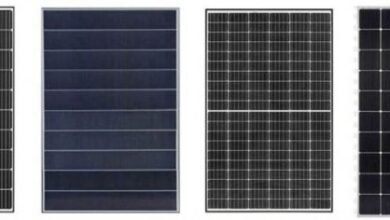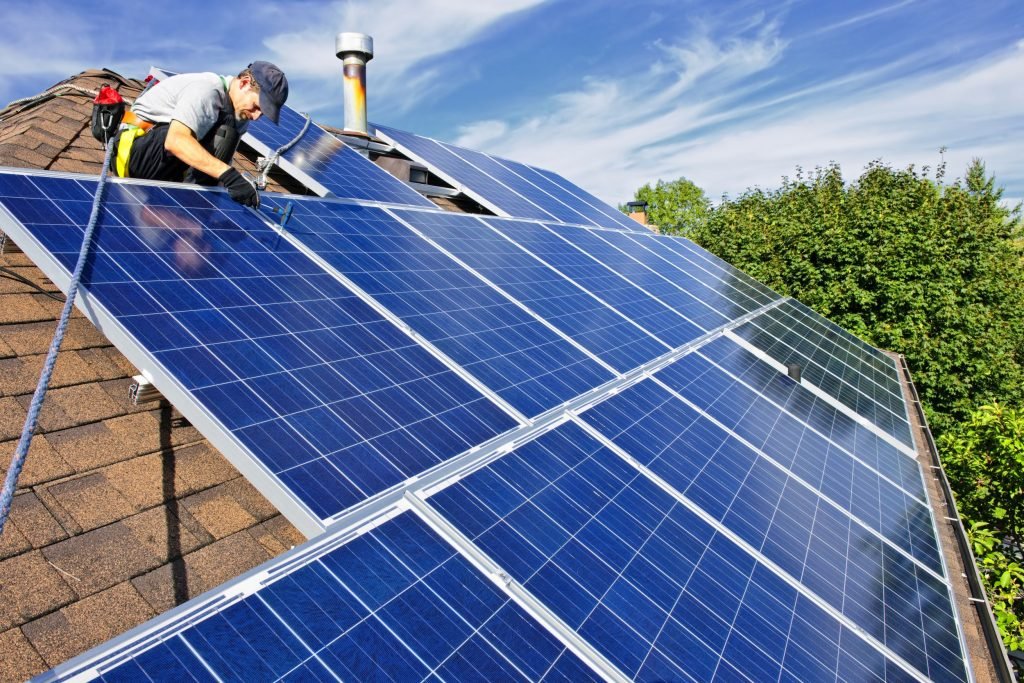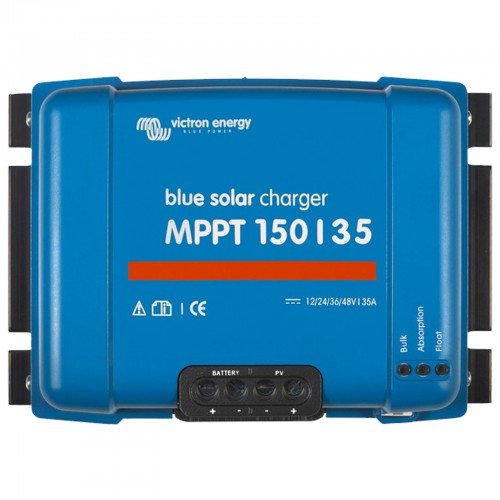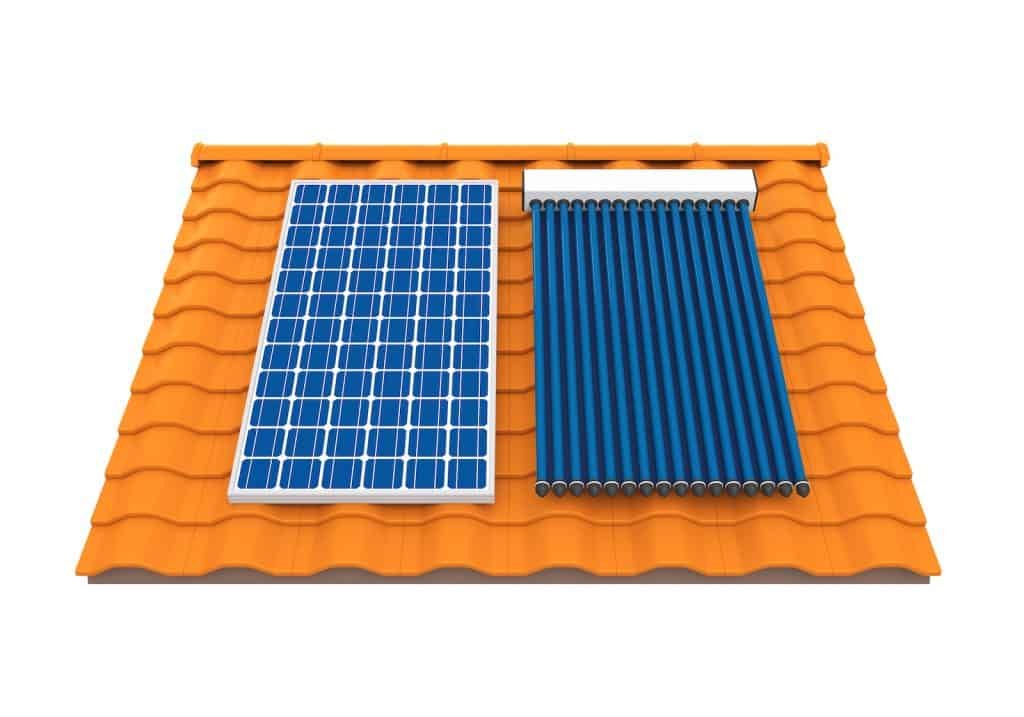
Types of photovoltaic panels – cell classification
In the world market for solar panels there are many types of solar panels, in this article I will give you a distinction between all of them.
Once we have decided to use photovoltaic energy in our home or business, we will surely have to make some important decisions related to the correct implementation of this plan. Fortunately, we are not alone. The specialists and experts employed in photovoltaic companies are there to help us.
Types of photovoltaic panels – cell classification
However, why not prepare for the initial conversations and be at least a little familiar with the basic concept grid. Among the problems, there will be a question about which links to choose . Therefore, it is worth knowing the basic classification and knowing which option is better to choose. However, what types of photovoltaic panels exist on the market and how do they differ from each other?
Types of photovoltaic panels
First place: Monocrystalline panels
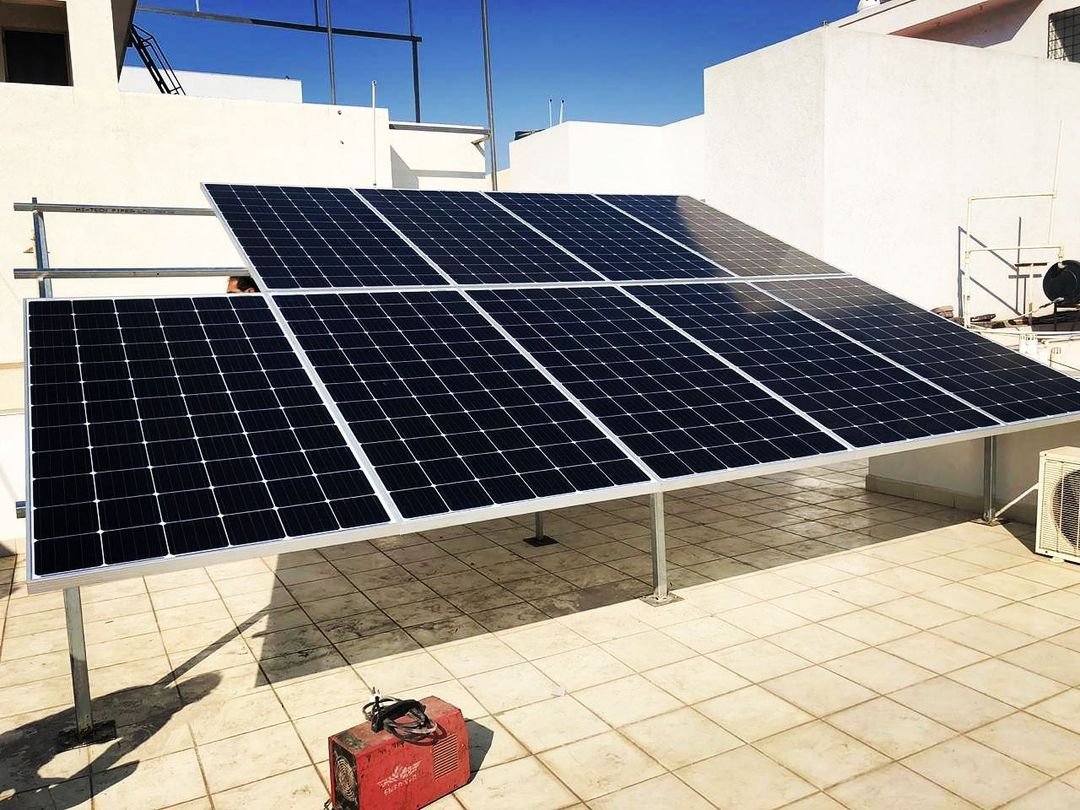
We can recognize them mainly by the characteristic black color. They are without a doubt the best option available. They are characterized by the highest efficiency. By using these panels, we can count on the most efficient electricity production using a smaller area. What does it matter in practice? In practice, they provide the most energy, so we will need fewer panels to generate more power. So if we have a small ceiling, or we just like compact and professional solutions, investing in monocrystalline panels will be the best possible idea.
In addition, it should be added that this is the most modern solution that sooner or later will become a common standard. There are no solutions that surpass this type of cells in quality. Its efficiency is around 15% to 19%.
Monocrystalline panels – 1st Place
+ high efficiency – 15-19% + smaller
installation area + higher durability
long warranty period – more expensive
Second place: Polycrystalline panels
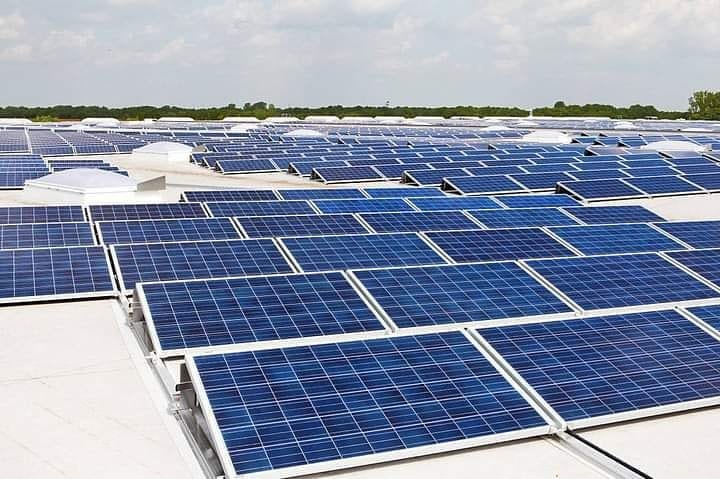
It is often confused with solar collectors due to its characteristic blue color. Polycrystalline cells are characterized by significantly lower efficiency. However, so far they have been the most popular on the market. Currently, monocrystalline cells are successfully replacing them. How does it work in practice? In practice, they are a bit cheaper than monocrystallines, but also less effective. This means that we have to use more cells if we want to get the desired result. Cells of this type are made of silicon crystals. Its efficiency is about 14% -16%.
Polycrystalline panels- 2nd place
+ cheaper to install + faster payback + good efficiency – 14-16% – larger installation
area installation area
Third place: CIGS cell panels
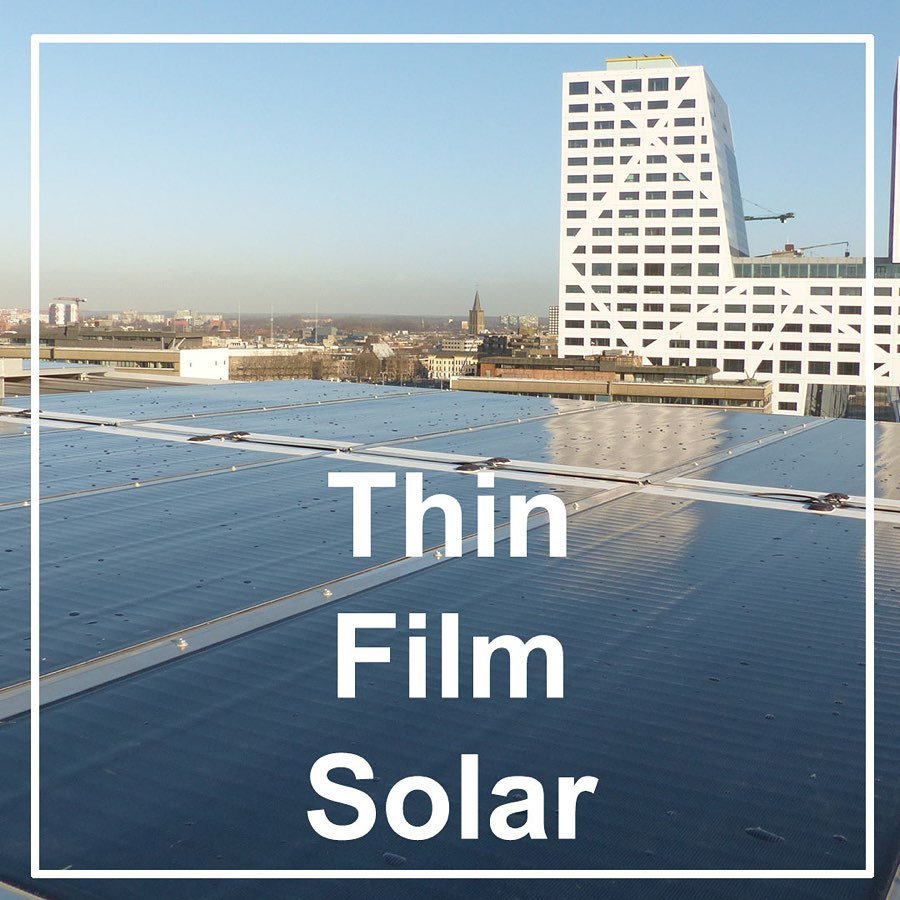
The name of these cells comes from the elements that were used in their production: copper, indium, gallium and selenium. Due to this composition, they can absorb more solar radiation. Therefore, they are perfect for building facades in direct sunlight. Although their name sounds quite puzzling and technical, they are significantly inferior to polycrystalline cells, not to mention monocrystalline ones. Its efficiency is 12% to 14%.
CIGS cell panels- Third place.
+ thin film + lightness and aesthetics + small decrease in efficiency
in winter – low efficiency – 12-14% – expensive
Fourth place: CdTe cell panels

We will recognize them by their characteristic red color. Composed primarily of cadmium telluride, which is a semiconductor. The most important feature of these panels is the fact that most of the time they are made up of a link. The efficiency of the CdTe modules ranges from 10-12%.
CdTe Cell Panels- 4th Place
+ thin film + low sensitivity
low efficiency – 10-15% – expensive – high disposal cost
Fifth place: amorphous silicon panels
In our abbreviated and simplified classification, panels made of amorphous, that is, non-crystalline, silicon perform worse. They reach efficiency only at the 6-10% level. The weakest of the solar panels of the first type are amorphous. Manufactured from amorphous (non-crystalline) silicon, they only achieve 6-10% efficiency and are also blue in color.
Amorphous silicon panels- 5th Place
+ thin film + light and aesthetics + low sensitivity
low heat sensitivity + cheap – low efficiency – 6-10%
What is important when choosing panels and service provider?
The warranty period is a very important factor that can tell you a lot right from the start. Manufacturers and suppliers have very different approaches to this. Sometimes this warranty is provided by companies that deal with distribution and assembly. At Stilo, the efficiency guarantee for photovoltaic panels is 25 years, which gives us a clear message that it is a purchase that we can be sure of for a long time. It is worth consulting with a specialist, who will allow you not only to calculate what power generated by the panels will be adequate for us, but also to prepare a project, help in the proper setting of the installation, transport, assemble and make us enjoy the appropriate effect. .
Of course, the monocrystalline panels that won this ranking are the most professional, modern and committed solutions, but they will not be used everywhere. If we only need to illuminate the garden, panels of a lower type are enough. However, if we are serious about providing real electricity to our home, including heating, and keeping everything at the highest level, we must decide what is the best solution. Certainly the costs incurred initially will pay off faster than we assume.

